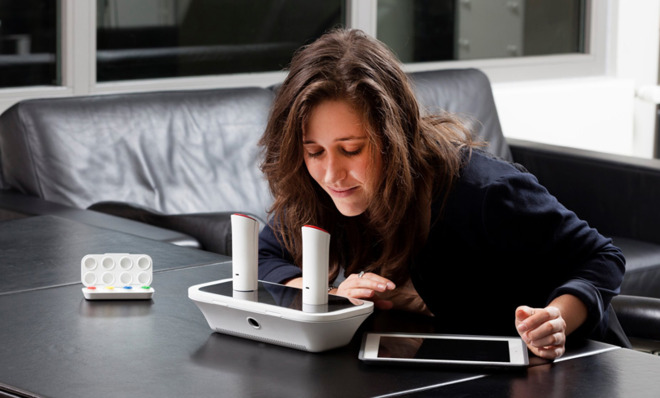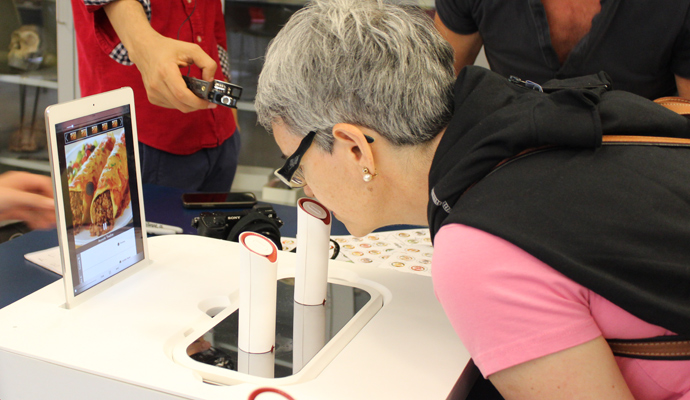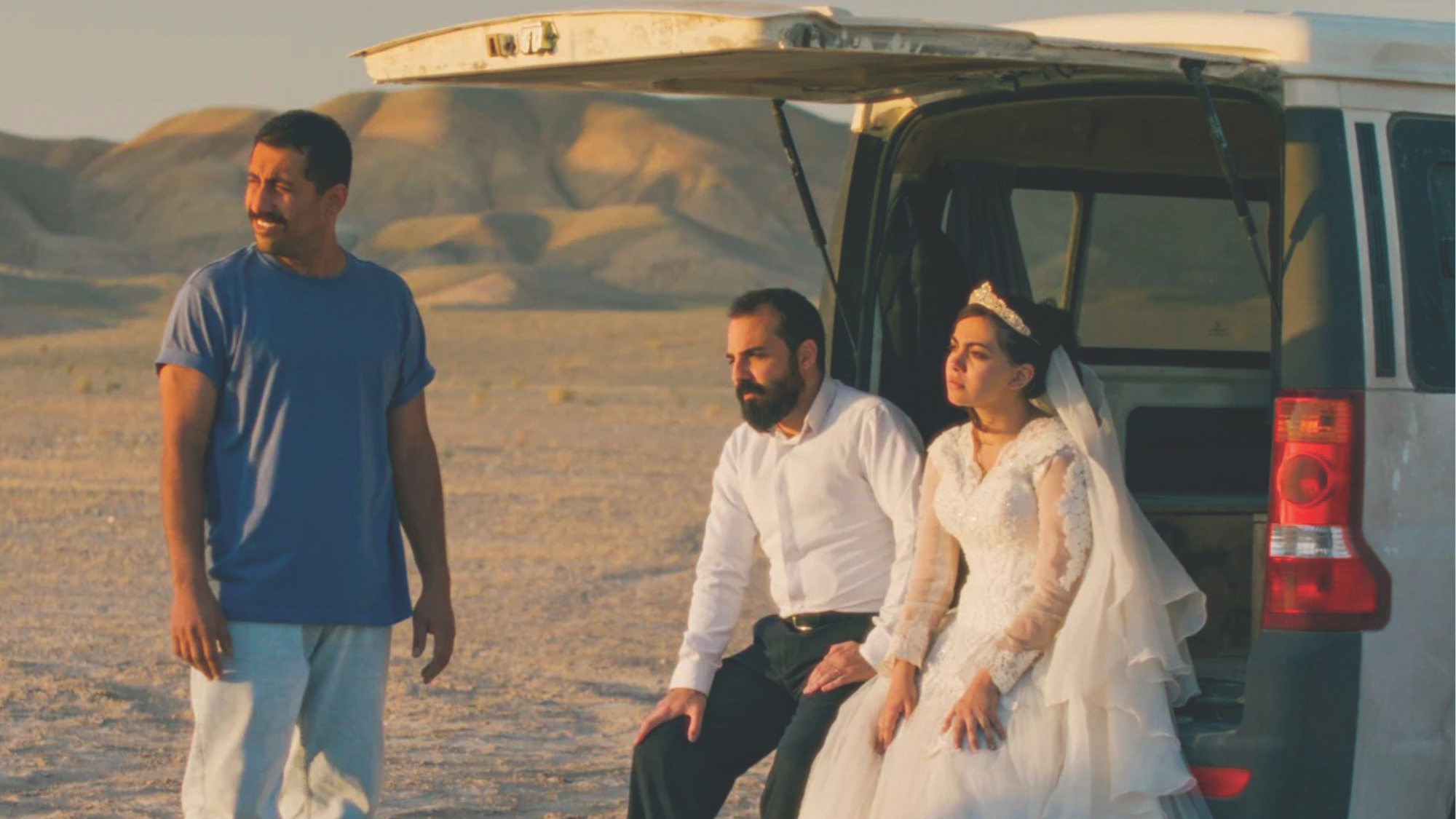This amazing phone lets you text smells to your friends
This is so much better than Smell-O-Vision

Your smartphone beeps. You have a text. But it's not an emoji-sprinkled flirt from the person you're dating. It's the smell of a fresh bouquet of roses.
That may sound crazy, but Harvard professor David Edwards and his former student Rachel Field are already testing out a device that does just that. Edwards, founder of the Paris-based art and science lab Le Laboratoire, and Field created the oPhone, a device that transmits scents via an iPhone application.
"Smell triggers a more direct cerebral response than visual and auditory signals," Edwards said recently at the American Museum of Natural History in New York City, inviting me to test my schnoz by inhaling near two cylindrical receivers he had set up. He transmitted a smell from his iPad and seconds later, the scent of chocolate chip walnut cookies filled my nostrils.
The Week
Escape your echo chamber. Get the facts behind the news, plus analysis from multiple perspectives.

Sign up for The Week's Free Newsletters
From our morning news briefing to a weekly Good News Newsletter, get the best of The Week delivered directly to your inbox.
From our morning news briefing to a weekly Good News Newsletter, get the best of The Week delivered directly to your inbox.
The oPhone starts with an app called oSnap, which allows users to create scents called oNotes by mixing 32 basic aromas (depicted as photographs) to generate nearly 300,000 possible scents. Data from the created smells is then delivered to an oPhone that is equipped with aroma chips from which it can recreate the smell and emit it via two cylindrical receivers. The hope is to eventually integrate the technology of these cylinders into a handheld device that people can easily carry around.
Edwards asked museum visitors to guess which scents he was sending them from a list of things like fish, chocolate, tomato, and citrus.
Jessica Hempstead, a visitor from Las Vegas, sampled the device and said, "Everything smelled like chocolate to me." She noted that it was easier to tell what the scents were when she was shown a picture of them.
Blanche Skitnevsky, a visitor from Brazil, conceded that she didn't do so well on the smell test, either: "I don't cook so that might be the problem."
A free daily email with the biggest news stories of the day – and the best features from TheWeek.com

Since the launch of the oPhone on June 17, when scientists transmitted the smell of macaroons and champagne from Paris to New York, over 10,000 aromas have been created using the oSnap app, helping to bring olfaction into everyday communication. Field said that several members of Le Laboratoire are creating oNotes every day. "I come in in the morning and go into the app library and say to myself, 'I know what you did last night because you documented it all with smells.'"
Along with being a consumer product, Edwards and Field see the potential for the oPhone to be used in the food industry to perhaps get a whiff of coffee beans before making an online purchase. They also think that it could be used in various forms of media, including movies and books. Imagine watching Julie & Julia and being able to smell what Amy Adams is cooking.
The oPhone is currently in the alpha phase, and is being tested throughout July at AMNH and Le Laboratoire. Edwards said they will then take everything they learn and improve the design. They hope to have a second iteration of the product by the fall. The oPhone can be purchased now at a presale price of $149 at onotes.com, or for $199 in 2015.
Edwards believes that harnessing the sense of smell will improve communication. Humans can detect nearly one trillion different odors. Our sense of smell is important in mate choice, food decisions, and even when danger is lurking nearby. "We wouldn't be where we are if we didn't have a sense of smell," Edwards said. "Understanding humans is understanding olfaction."
Amy Kraft is a print and radio reporter based in New York. She reports on science and the environment for publications including Scientific American, Discover, Popular Science, Psychology Today, and Distillations, a podcast out of the Chemical Heritage Foundation. She is currently working on a book of humor essays. You can check out more of her writing on her blog Jaded Bride.
-
 US seizes oil tanker off Venezuela
US seizes oil tanker off VenezuelaSpeed Read The seizure was a significant escalation in the pressure campaign against Venezuelan President Nicolás Maduro
-
 Political cartoons for December 11
Political cartoons for December 11Cartoons Thursday's political cartoons include sinking approval ratings, a nativity scene, and Mike Johnson's Christmas cards
-
 It Was Just an Accident: a ‘striking’ attack on the Iranian regime
It Was Just an Accident: a ‘striking’ attack on the Iranian regimeThe Week Recommends Jafar Panahi’s furious Palme d’Or-winning revenge thriller was made in secret